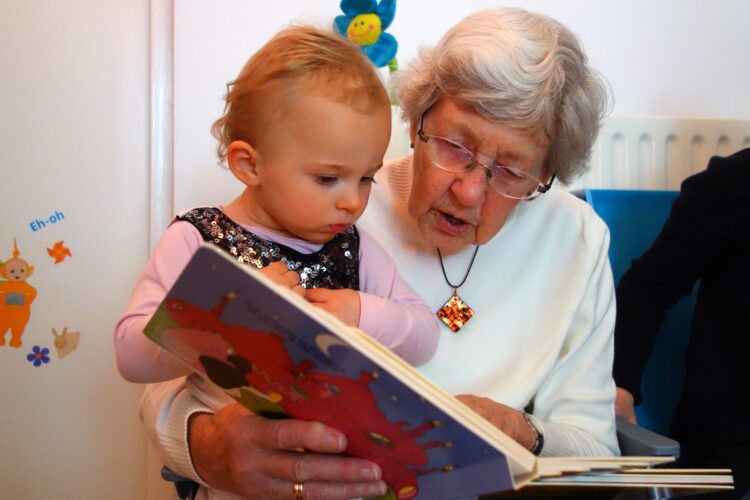Whether we want to or not, each of us will die someday. Many of us, because we’ll have been dealing with a life-threatening illness, will know that “the end” is coming.
If you knew that you had a terminal illness, how would you want to spend your remaining time? How would you want to live your life?
Many people who are terminally ill, with six months or less to live, would prefer to live, be cared for and die at home. Those who would prefer this approach should consider the hospice option.
What Hospice Does
In hospice care, a team of physicians, nurses, social workers, volunteers and bereavement counselors provides medical care and emotional support to patients and their families. Hospice emphasizes the participation of families and friends in the home-based care of a family member. Hospice teams can also provide their services in a skilled nursing facility, if the patient’s situation requires.
In hospice care, the emphasis is on providing an appropriate level of medical care with the intent of keeping a person comfortable and pain-free, rather than aggressively treating a patient with the intent of curing their illness. Alleviating pain is a primary concern for hospice patients and it is the most important form of “comfort” (or “palliative”) care that hospice teams provide. Medications are given on a regular schedule for the purpose of preventing a patients chronic pain from occurring, rather than reacting to the patients pain symptoms after they occur.
Dealing with Death
Helping patients and their families in their adjustment to the reality of an impending death is an important part of the hospice approach. Hospice workers try to counsel and educate patients and their families during the patient’s illness so that the family is grieving together and sharing their loss during the dying period. The hospice approach allows patients to die in peace and dignity with the presence and support of their families.
Most hospices provide continuing contact and support for caregivers for up to a year following the death of a loved one. Many also sponsor bereavement groups for anyone in the community who has experienced the death of a family member or friend. Some hospice providers also conduct separate bereavement groups for children as young as three years old, through the teen years.
The Money Part
Because the care of the patient is provided at home, often with the involvement of family members, home hospice care is less expensive than care in a hospital or skilled nursing facility. Medicare covers many of the direct patient services provided in a hospice setting, including durable medical equipment, pharmaceutical costs and medical care provided by physicians, nurses, therapists, home health aides, chaplains and social workers. Persons receiving Medicare should look for a Medicare-certified hospice program. Approximately two-thirds of hospice programs in the United States are approved for Medicare reimbursement.
Medi-Cal also will cover direct patient hospice services, for those who are eligible for Medi-Cal. In addition, many hospice providers are able to assist with costs not covered by Medicare or private insurance, for those in financial need.
The “Six-Months” Issue
Under current rules, before Medicare (and most private insurance) will cover the costs of hospice services, a person must be expected to have no more than six months to live. For many chronic illnesses, it is almost impossible to accurately predict specific life expectancy. The six-month time definition was only chosen since it reflects an average life expectancy for patients whose illnesses do not have known cures.
While some patients may live much longer than six months, others may pass away in just a few days. To qualify for hospice, all that is required is a treating physician’s certification that the patients life will probably end in the next six months.
Once a person starts to receive coverage for hospice care, the hospice provider will periodically review the recent prognosis. Even after the six month period has passed, an unlimited number of 60-day approval periods may ensure that hospice care shall continue, with no limitation on time. At the start of each period, the hospice doctor must merely recertify that the patient is terminally ill.
Not only is there no six month limit at which time hospice services will be terminated, but all hospice patients are free to leave the hospice system at any time. There is no question that a hospice patient whose health outlook just happens to improve will leave hospice care.
The “Giving Up” Issue
Unfortunately, the Medicare system is currently set up to require a choice be made between treating the underlying illness and receiving hospice services. In other words, to obtain hospice services one must decline further curative treatment of the underlying illness. This creates for many the feeling that choosing hospice means that were “giving up” on the patient, because we’re stopping treatment of the illness.
Other “Feelings” Issues
End-of-life issues can be very difficult for families to confront and discuss, and hospice care is not the right choice for everyone. And, in some cases families may be uncomfortable with the concept of a death occurring in the home.
Accessing Hospice Services
A patient’s primary physician is the person responsible for providing the initial referral to hospice services. Do not, however, assume that the physician will automatically suggest hospice services at the “right time.” A patient (family) may choose the hospice of their choice. The hospice staff can assist in raising the hospice question and communicating with the physician.
For help in finding a hospice service provider, and to obtain additional information on hospice issues, contact:
- National Hospice and Palliative Care Organization, 800-658-8898, nhpco.org
- Southern California Hospice Foundation, 877-661-0087, socalhospicefoundation.org




